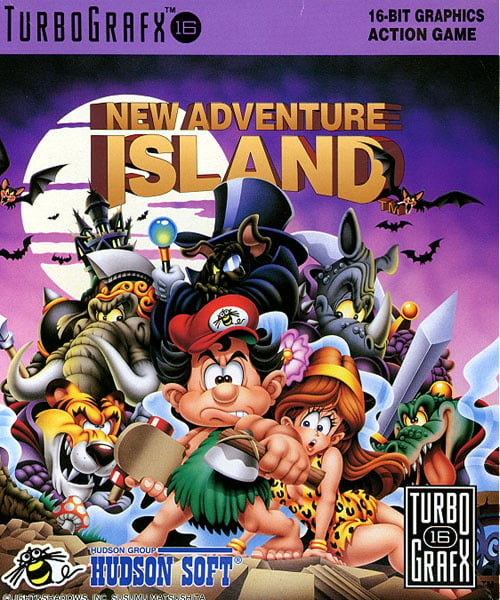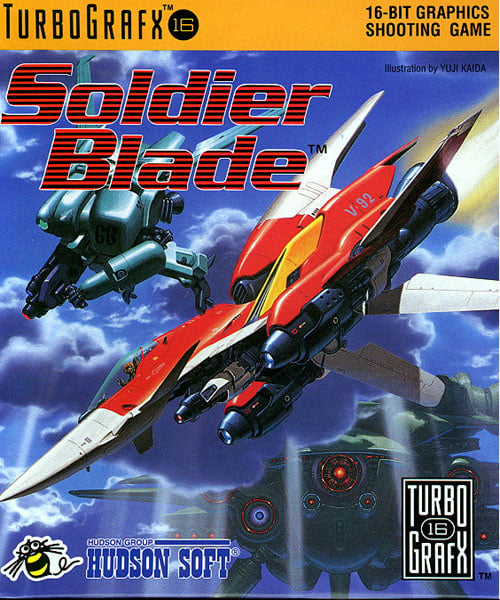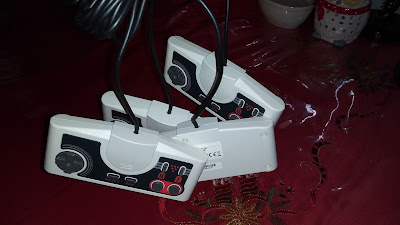Preface: Let me start off by acknowledging that while the PlayStation 2 is capable of up to 8 players, I will be focusing on games that support at least 4 simultaneous players. This will not be a top games list or talked about in any order, but rather pointing out notable games that support the multi-tap accessory. Also note that this is off the top of my head so I may be missing key information.
Since the PlayStation 1, Sony has required players to purchase the Multi-Tap accessory separately in order to play local multiplayer games. As it is so with the PlayStation 2, there are even more games on this sequel platform that will take advantage of this add-on. Some of these games will be very obvious choices when deciding what to play and others will probably be unfamiliar or just unexpected. As a huge enthusiast of LAN and Local-Multiplayer games, I hope to present to you only the most worthwhile games you can experience with your own couch gaming group.
The TimeSplitters series on PS2; developed by Free Radical Design consisting of former RareWare guys, is a spiritual follow-up of both GoldenEye 007 and Perfect Dark which were released for the Nintendo 64. TimeSplitters (1) is the spitting image of the previous two games retaining the trademark floating reticle aim but is presented as a time-attack arcade game with no obvious story to follow. Pretty much most of game modes you enjoyed in the N64 titles will be found here such as Deathmatch and 2-player COOP retained from Perfect Dark. TimeSplitters 2 updates the first game and brings more cohesion to the progression of the singeplayer/COOP mode, but more importantly adds even more multiplayer modes like Capture the Flag and in my option is the best of the three. TimeSplitters: Future Perfect has the most splitscreen content of the three with the addition of assault mode pitting two teams to defend and attack objectives; the multiplayer is more akin to Unreal Tournament if that makes sense. TimeSplitters 2 and Future Perfect both have built-in map editors so you can even go as far as recreating GoldenEye maps if you want or something completely original.
If you've never played a Gauntlet game before, make sure Gauntlet: Dark Legacy is your first experience because the amount of content is overwhelming. The original 3D Gauntlet had several unique realms with about 10 levels themed after their respective realms and one final boss each. On it's own, that was a lot of game to play, but Dark Legacy came out and puked out more playable classes, more realms, more challenge realms after the extra ones, and I can go on about this. Make sure to prepare an entire weekend if you expect to witness the whole game. Gauntlet: Seven Sorrows is another game in the series (don't play it before you play Dark Legacy), but might not be for everyone since there were several changes to the way the game progresses and some of the mechanics attempting to follow-up on the trends at the time.
SOE (yep, Sony) made one of the greatest 4-player RPG console experiences ever known as Champions of Norrath. The gameplay itself is not as exhausting as a traditional CRPG like the Infinity Engine games; Baldur's Gate or Icewind Dale, but does provide enough depth in the character leveling to satisfy hardcore enthusiasts of the genre. Do keep in mind that the pacing will be different here than in most games you will play on consoles, so only pair up with people who understand not every game can be brute-forced in order to complete. The sequel, Champions: Return to Norrath, is an amazing continuation of where the first game left off expanding on the lore and provides further gameplay.
Want to simply beat the fuck out of your friends? While the WWE games are easy picks for this purpose, you can break out of your comfort zone and play EA's Def Jam: Fight for NY. Disregarding the fact that the roster mainly consists of the Def Jam record label's most recognizable artists, there are some original characters exclusive to the game and features (censored) music from the record label itself. If you can look past the urban gang theme, it's a ridiculously satisfying game that features lethal finishing moves with tons of blood and violence. Another brawler you will enjoy is Urban Reign which was published by Namco and features two Tekken guest characters. It does not contain as much violence as the former game, but does leave you just as satisfied after each match. The mechanics are slightly different, but once you've played a PS2 brawler, the rest fall into place making it easy to get used to.
If you want thematically grounded FPS games not set in sci-fi universes, the Medal of Honor and the Black Hawk Down games provide the best. Medal of Honor: Rising Sun might feel outdated compared to the other games but it cannot be neglected at least one session. Medal of Honor: European Assault and Vanguard have the tighter mechanics and cooler maps to play through. Both Black Hawk Down games are amazing tactical shooting experiences letting you choose from many weapon loadouts. Some of the maps might be too big for two players on both series mentioned, but of course 4 players is the lucky number here.
Not every game needs to have a serious tone or theme to be good, so if you just want plain old fun with your group then there are many party games. The most noteworthy party game I feel like everyone needs to check out in Thrillville: Off The Rails. Specifically, the arcade games which are a bunch of mini-games that vary in genre like traditional arcade games, racing games, some FPS action here, and then there are the theme park rides converted into multiplayer games. Enjoy that with open minded friends though cause some of these mini-games don't play as good.
There are several compilations on PS2 of many retro and arcade games, but the one I highly recommend is the Midway Arcade Treasures series. We already mentioned Gauntlet: Dark Legacy, but why not go back a step and check out the classic 2D Gauntlet games? There are other 4-player games to check out, but one that is strictly up to 3 players and also worth your time is the Rampage games available in this compilation series.
One genre I wanted to steer clear from is Sports because once the roster in real life is updated, it might not makes sense to sports fans to come back. EA Big developed some sports games subtitled "Street" that have over-the-top mechanics making some of these sports game ridiculously fun to play. My all-time favorite is NFL Street 2, but more out of nostalgia, so you might want to just go straight to NFL Street 3.
The last game I'd like to give mention to is Twisted Metal: Black. It's a vehicle combat game where the focus is to destroy your opponents and be the last driver...driving. The theme is very edgy, but don't let it distract you from how far the series has come along since it's fall from grace after Twisted Metal 2 on PS1. Keep in mind that with 4 players, you will be limited to small maps with some needing to be unlocked by finding black cubes.
There are many more games that I want to talk about but would eventually lead to me making a meaningless bland list of games that can be found with quick google searches. If you want to find out what games are supported with the multi-tap accessory though and explore those games on your own, MobyGames will provide you with the answers. Thanks for reading and I hope this helps you kick off awesome couch gaming sessions.





























